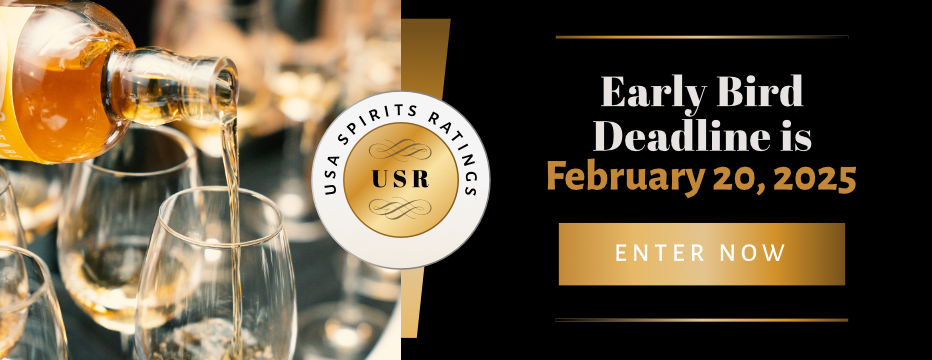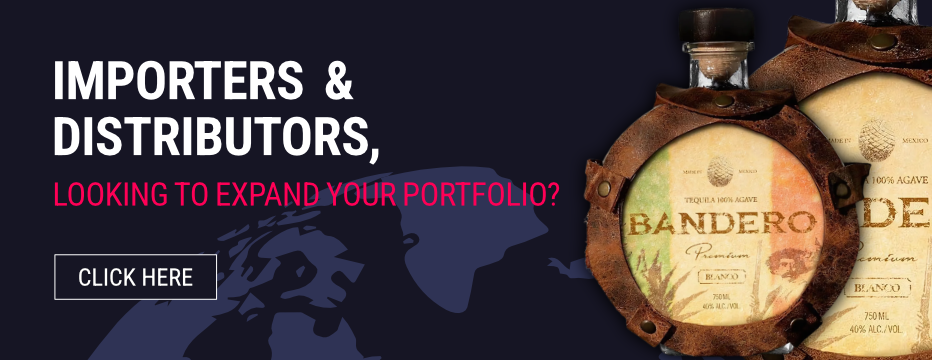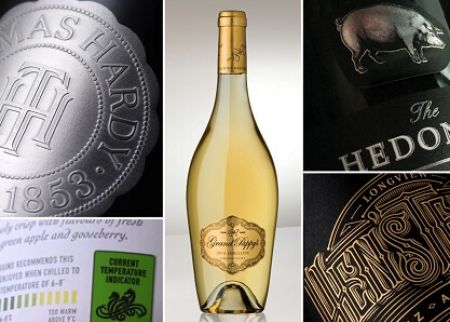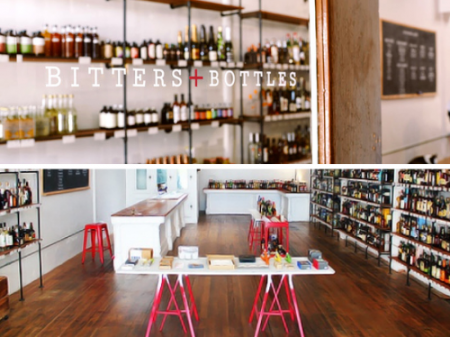Sommeliers Choice Awards 2024 Winners
10 Factors in Your Press Release That Will Catch the Media Attention
Every spirits brand is vying for the media’s attention. But, what does it take to get noticed? And how do you tell your story to make your spirits brand shine? BTN talks to Gregg Glaser, Publisher & Editor of the Modern Distillery Age, a weekly e-newsletter/magazine for the U.S. spirits business about ten factors in your press release that will catch the media’s attention.

It’s only natural that your distillery is looking for ways to capture the attention of the media. One way to do this is by crafting a high-impact press release that makes your distillery or your spirits brand a very compelling story for that publication’s audience. Here are ten factors in your press release that will catch the media’s attention.
Factor #1: Impact
The facts and events that have the greatest effect on the audience are the most newsworthy. While these facts and events can be specifically related to the spirits industry, they can also leverage existing political, economic, cultural or even technological trends.
One big trend, for example, is the emergence of young millennials as an important new class of buyers. So a story pitch that is packaged around how young millennials are using new apps like Distiller to discover your spirits might be a big enough story to attract the attention of the media.
Factor #2: Weight
The significance of a particular fact or event lies in its value with respect to other facts or events. In short, what happens in the alcoholic beverage industry is important – but it’s even more important if it can be related to broader economic trends. For example, during an economic recovery or an economic downturn, alcoholic beverage drinking consumption patterns might change.
Suddenly, a story about a relatively low-cost spirit that delivers beyond its price point might take on new significance as part of a broader economic trend of consumer belt-tightening. For example, a compelling story about the appearance of private label brands in supermarkets to appeal to budget-conscious consumers might work here.
Factor #3: Controversy
Arguments, debates, charges, countercharges and fights increase the value of news. In short, you want your spirit to be part of the conversations that consumers are already having. Thus, consider the current economic debate taking place within the United States about the role of international trade treaties such as NAFTA. That might be the necessary controversy to make a story about spirits from South America (especially Chile) especially compelling.
Factor #4: Emotion
Take into account human interests that touch reader emotions. Ultimately, media publications are in the business of telling stories, and the most effective stories are those that resonate with an audience because of emotion.
This type of press release is especially well-suited for telling the story of the distillers behind the brand. What adversity have them overcome? What makes their story so compelling from a personal perspective? If you can provide great quotes in the press release, this is also very effective.
Factor #5: The unusual

When a dog bites a man, it is not news. But when a man bites a dog, it is news. This is an old journalistic cliché, but it highlights the important point of what makes something newsworthy. For distilleries, one tactic might be playing up the unusual nature of a region where a certain spirit is produced. While a story about a Scotland whiskey would not be unusual (that’s the dog biting the man!), a story about a new distillery in Spain or France might be unusual enough to catch the attention of an editor.
Factor #6: Prominence
More prominent individuals are given more attention. The most obvious case here is new U.S. President Donald Trump – any stories about Trump wines automatically took on new resonance during the recent 2016 presidential election. And the same is true for stories involving celebrities. A story about a Hollywood celebrity getting involved in a distillery brand might make for a good press release. Ciroc Vodka did just that with famed rapper Puff Daddy.
Factor #7: Proximity
Concentrate on news that is of local interest: the closer to home, the better. This is where new craft distilleries and micro-distilleries have been so successful – they have made their success part of the broader success of their home city or region. A story about a craft spirit distilled in Colorado is going to be much more successful when pitched to a news editor in Denver or Boulder than it is in a place like New York or Los Angeles.
Factor #8: Timeliness
Emphasize what is new. There are many different ways to use this tactic – right now, anything that is “organic” or “craft-made” or “artisanal” is still new and relevant. This is where many distillers are having so much success, by showing their vodka is craft-made or by highlighting how their bourbons are aged in a certain way.
Factor #9: Currency
Take into account what is on people’s minds. Again, the key is to be part of the broader conversations that people are having, especially on social media. Online trends can be fleeing at best, but a current trend with staying power can be pure gold for a press release.
Factor #10: Usefulness
Help people answer questions and solve problems in their daily lives. Think of your press release as helping people gain knowledge rather than merely informing them. How is your spirit brand helping to educate them?
Taking the big picture view, what you have to recognize is that every press release follows a basic architecture. For example, there’s a headline, a lead paragraph, a quote and then some boilerplate information about your distillery or company. As a result, you need to understand how to maximize the headline and lead paragraph to greatest effect: most editors and writers are so inundated with press releases that they simply won’t read the full document. If your headline doesn’t grab their attention, you’re already at a big disadvantage.
The same type of thinking applies to a pitch letter, which is really just a short business letter that spurs action. You need to grab attention in the first paragraph with something timely and newsy. This can be provocative or conversational. Moreover, to help writers and editors with their deadlines, you can also offer an interview with your client or comment on what topics or issues your client can discuss. Again, the goal should be to make writing the article as easy as possible for the writer.
So, putting all this together, there are a few takeaways to keep in mind when writing a press release:
- Don’t be afraid to use humor;
- Cut to the chase;
- Give solid information – don't pose questions;
- Provide strong visuals;
- Give links to web sites or sources where readers can receive more information.
By doing all of this, you will be able to create messages that differentiate your product in the marketplace. Best of all, getting your spirit mentioned by a single publication can often have a multiplier effect, since other media publications will begin to see your spirit or distillery as newsworthy, and also be interested in hearing more about you in the future.















